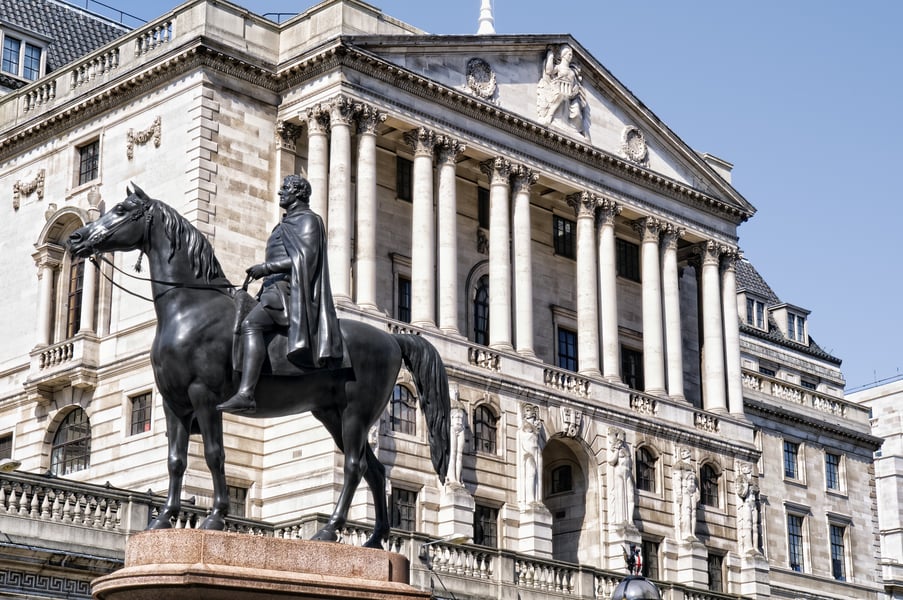
Lenders expect demand for buy-to-let finance to fall in the first quarter of the year, the Bank of England’s Credit Conditions Survey shows.
The clamour for mortgages increased in the fourth quarter of 2016, with demand rising ‘significantly’ for buy-to-let and remortgaging and ‘slightly’ for residential.
Steve Olejnik, chief operating officer of Mortgages for Business, said: “There was an obvious incentive for landlords to do business in the final quarter of 2016, which led to an increase in buy to let borrowing.
“Many investors will have wanted to beat the PRA’s tightening of buy to let affordability checks, which came into force on 1 January, as well as the forthcoming changes to income tax relief on finance costs.
“Increased landlord confidence will have also been driven by greater familiarity with the changes to stamp duty earlier the year, and a more stable macro-economic outlook following post-referendum turbulence.
“Buy-to-let pricing remained largely unchanged, which also encouraged activity, particularly from landlords using limited companies as borrowing vehicles.”
Lenders expect the availability of mortgage finance above 75% loan-to-value to bounce back slightly in the first quarter of the New Year after seeing a slight fall at the last quarter of 2016.
Charles Haresnape, group managing director, mortgages, at Aldermore, said: “While availability of secured credit to households is expected to increase slightly over the next few months, this is likely to be moderated in the mortgages market by recent changes to affordability checks by lenders.
“The overall picture for 2016 showed that demand for buy-to-let borrowing rose significantly despite the tax changes introduced in April 2017 is unlikely to show significant increases in mortgage volumes, but we can expect to see a continued but slower upward trend over the next year.
“The data released by the Bank of England showed a stable borrowing picture after a fall in the third quarter.”



